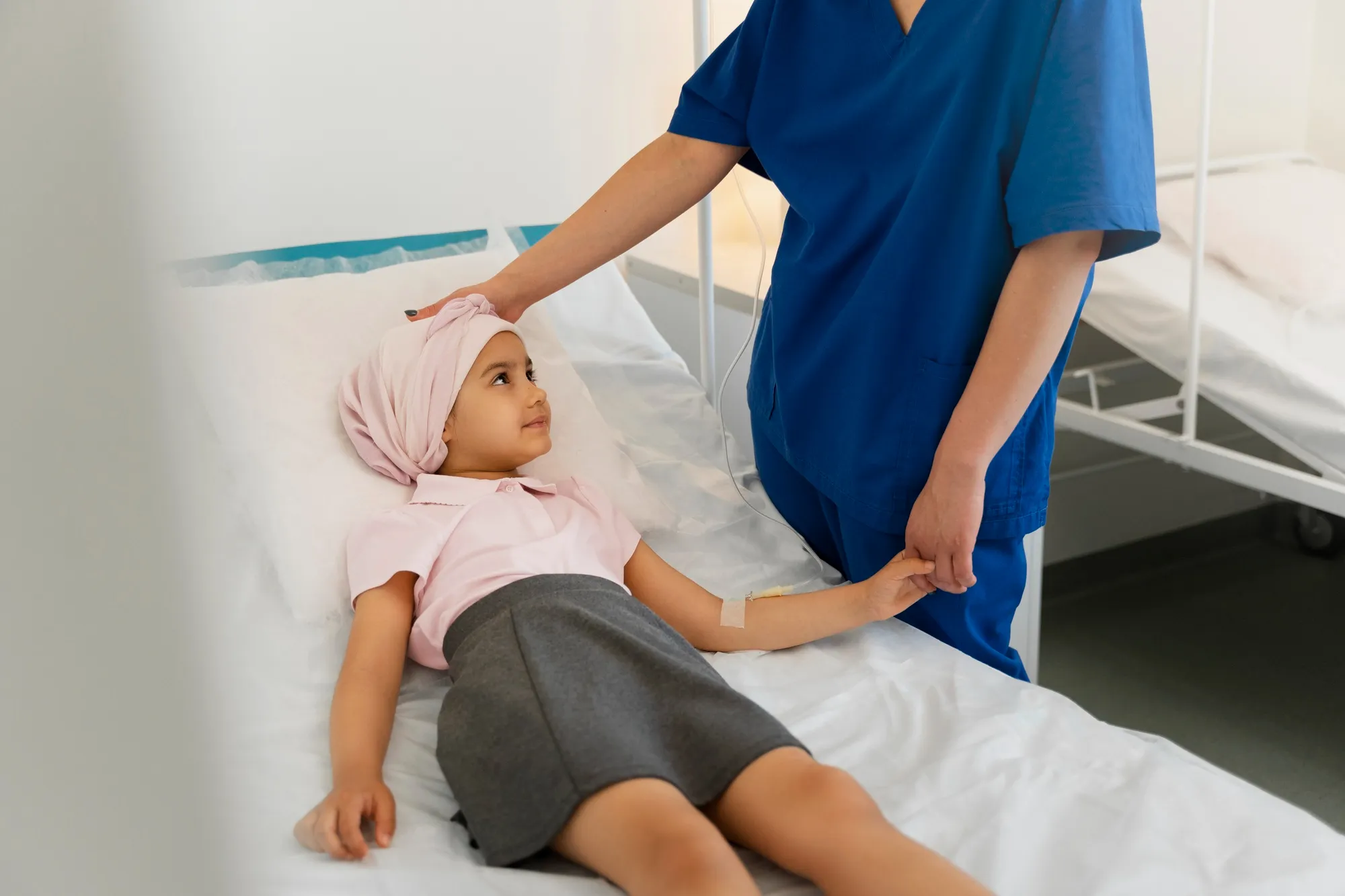In a groundbreaking case, a child with a mature teratoma located in the frontal lobe has been reported in the esteemed publication, Asian Journal of Surgery (DOI: 10.1016/j.asjsur.2023.12.192). The medical team led by Zhong Shunjie, Wan Meilin, Qin Zhao, and neurosurgery expert Zhong ChuanHong from The Affiliated Hospital of Southwest Medical University in Luzhou, China, has shared their insights and treatment approaches in this Letter, which holds substantial importance for the neurosurgical field.
Teratomas are unusual tumors composed of tissues from more than one germ layer, which means they can contain a complex array of tissue types, such as hair, teeth, bone, and sometimes more complex organs or tissues. Mature teratomas are typically benign and are most frequently found in the testes, ovaries, and tailbone. However, their manifestation in the brain, particularly in the frontal lobe, is a rare event, particularly among pediatric patients.
The case is noteworthy, not only because of the tumor’s rare location but also due to the successful surgical intervention that led to its removal and the subsequent improvement in the child’s health. The authors, while acknowledging no conflicts of interest, present a detailed narrative of the diagnosis, surgical method, and post-surgical care that may serve as a significant point of reference for similar clinical scenarios.
The article titled “Mature teratoma in the frontal lobe of a child.” (Asian J Surg. 2024 Jan 13; reference number S1015-9584(24)00008-3) offers extensive coverage of the case. The presence of a frontal lobe teratoma in a child is an exceptional circumstance that presents specific clinical challenges.
Preoperative imaging and diagnostic procedures played a critical role in formulating a sound operative plan. The frontal lobe is responsible for essential cognitive functions, including reasoning, problem-solving, emotion regulation, and voluntary motor activity, making any surgical intervention in this area delicate and complex.
When it comes to managing mature teratomas in the brain, a multidisciplinary team approach is indispensable. Neurosurgeons, neuroradiologists, pathologists, and pediatric specialists often work collaboratively to ensure the best outcomes. A critical factor is the teratoma’s histopathological composition, which, in the case of a mature teratoma, is benign. This is promising for the prognosis but does not negate the necessity for meticulous surgical planning and execution to preserve vital brain functions.
In their article, the authors from the Affiliated Hospital of Southwest Medical University highlight that complete surgical excision is the preferred treatment for mature teratomas, as it typically leads to a good prognosis. This mirrors the consensus within the medical literature, citing complete resection as the cornerstone of teratoma management, reducing the risk of recurrence and facilitating a return to normal life for the patient.
Following surgery, regular follow-up through imaging and clinical assessments is required to ensure no residual or recurrent growth. The Letter details the follow-up protocols and stresses the importance of a tailored approach that accounts for patient-specific factors.
For fellow researchers and clinicians, this publication from the Asian Journal of Surgery will prove indispensable not only for its specifics on teratoma management but also as an exemplar of pediatric neurosurgery success. Such cases underline the importance of ongoing research and development in surgical techniques, diagnostic methods, and post-operative care that continuously improve patient outcomes.
Keywords
1. Mature teratoma
2. Frontal lobe surgery
3. Pediatric neurosurgery
4. Benign brain tumor
5. Teratoma treatment
In summary, the Asian Journal of Surgery has provided the medical community with a detailed account of a rare and successfully treated case of mature teratoma in the frontal lobe of a child. This has not only advanced the field of neurosurgery with fresh insights but also highlighted the prowess and dedication of the medical team at The Affiliated Hospital of Southwest Medical University in China. Researchers and practitioners in neurosurgery, oncology, and pediatrics may find this Letter a meaningful addition to their knowledge base.
References
1. Asian Journal of Surgery. (2024). Mature teratoma in the frontal lobe of a child. DOI: 10.1016/j.asjsur.2023.12.192.
2. Ostrom, Q. T., Gittleman, H., Truitt, G., Boscia, A., Kruchko, C., Barnholtz-Sloan, J. S. (2018). CBTRUS Statistical Report: Primary brain and other central nervous system tumors diagnosed in the United States in 2010-2014. Neuro Oncol, 20(suppl_4), iv1–iv86. doi: 10.1093/neuonc/noy131.
3. Bilge T., Pasaoglu A., Kurtsoy A., et al. (1995). Brain teratomas: a report of four cases. Acta Neurochir (Wien), 133(1-2), 70-75.
4. Gökalp H. Z., Arasil E., Erdogan A., et al. (1994). Intracranial teratomas. A report of seven cases. Neurosurg Rev, 17(2), 143-146.
5. Matsumura A., Ahyai A., Hori A., Schaake T. (1981). Intracranial teratomas. Surg Neurol, 16(2), 95-99.
